How To Win With Your Authentic Brand Purpose (5 Simple Steps)
When Did You Last Buy Into Brand Purpose?
You have an upcoming trip. And you’re in desperate need for a suitable jacket.
Two reputable clothing brands have caught your attention. Both vying for your custom with finely crafted, toasty warm jackets. Each high quality and practically the same price.
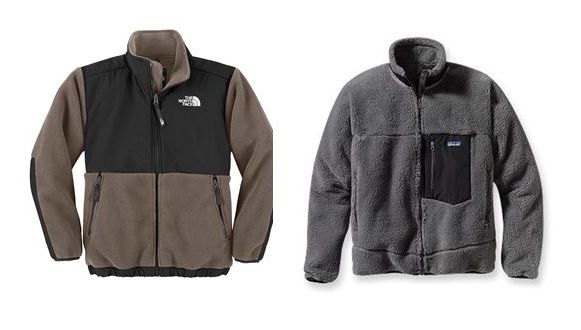
Both look and feel amazing on you. You want both, but have to choose one. All things are equal, but one has a positive brand purpose. And it happens to resonate for you.
What particularly interests you is that they are taking steps to improve the lives of the people who make their products. And they are constantly working to reduce their impact on the environment. The other, does not.
Now which do you choose?
Or rather, is there really even a choice?
Today An Authentic Brand Purpose Can Mean Success Or Failure
With a global marketplace and ever increasing competition, a brand purpose is no longer a choice. You’ll need to do it eventually. What matters is whether you do it better and ahead of your competitors.
No, it’s not too late! One of our clients is a 98 year old company who have only done it with us this year! It wasn’t their fault either, no one had shared this information with them before.
Brand Purpose And The Bottom Line
A brand purpose that resonates with your staff fully engages them. It creates a better place to work. For your bottom line, this means increased productivity and higher profitability.
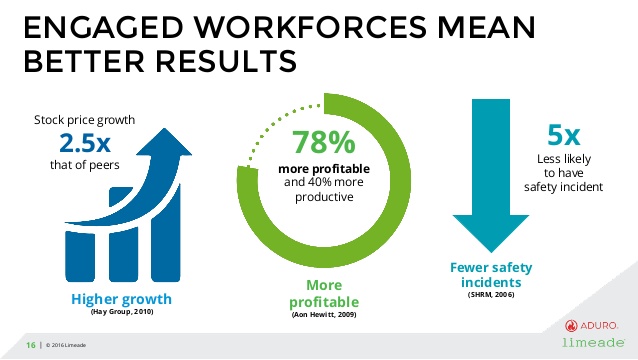
Organisations with high employee engagement are 78% more productive and 40% more profitable that those with low employee engagement—AON Hewitt
When your people are engaged you win! Your best people stay with you longer. They wouldn’t dream of leaving. And create such exceptional experiences for your customers, that they fall in love with your brand too.
Isn’t that what we all want? A great place to work, with an abundance of customers who love our brand and happily pay what we want?
Let’s get clear on what your “brand” is
A brand is an expectation of one, or a combination of, the following:
- Quality, or “a quality” – As in quality level, or an attribute like: speed, taste, cost, precision etc
- An Experience – As in how it will make you feel, either through use of the product or service. Or by interacting with your people.
- Connection – As in who you become by buying, sharing or being a fan of the brand. People want to align with brands that stand for something. It helps them define who they are, and who they aspire to be.
Direct customer experience drives each of these points. This is why we say: your brand is your culture, and your culture is your brand.
You’ve likely seen Simon Sinek’s epic Ted talk and know his much quoted line:
“People don’t buy what you do, they buy why you do it.”
We agree. That’s purpose right there! And that’s what we’re here to help you get clear on with this article.
The Big Problem Today
Many people don’t know how to uncover and articulate their brand purpose. And many more don’t yet understand the power it holds for their business. This is both a huge problem and a great opportunity.
Purpose can help you harness the most powerful vehicle we have to create real change in the world. That being your business. It’s where we spend many of our hours, so it makes sense. It’s an opportunity to align your work with causes you are passionate about in your private life.
That’s why we are a proud B Corp. Read more about our B Corp Certification journey here.

I am not talking about sacrificing profitability. This is where there is confusion for many. Instead, it’s about balancing positive impact and profitability. Not one at the expense of the other. The two can (and do) work hand in hand to grow a business.
Should a Brand Purpose be Cause Focused?
While I favour brand purposes having a positive social or environmental cause, it doesn’t need to. It does have to be aspirational for your people to rally behind. Striving to be the best in class, or the most profitable simply isn’t enough. Your brand purpose needs to be about creating something meaningful.
In Exponential Organisations, Salim Ismail shares some startling findings. All organisations in the fastest growing 100 had a Massive Transformational Purpose.
At Singularity University Salim is a founding Exec Director. There they set out to solve big problems by bringing purpose and meaning to work. Cofounder Peter Diamandis likes to say:
“Find something you would die for, and live for it.”
When your brand purpose is cause focused you must be authentically aligned with the cause. If the market see evidence of in-authenticity, you’ll be deemed cause washing. This is a dangerous game to play with your brand.
How to find and articulate your brand purpose
We have a battle tested process we use to find and articulate a brand purpose. As a purposeful branding agency, we always start with it. We’ve spent years figuring it out and evolving it, and we’re sharing it with you now. In a simple and achievable way.
Here’s what we want for you. An authentic, meaningful brand purpose that resonates with your team, and the market. One that helps you evolve into the best brand you can be. With positive impact and profits that grow exponentially too.
Anything less is a waste of your time.
“In order for purpose to work, there must be a clear line between a brand, its reason for being and how that is communicated to consumers” (Marketing Week).
5 Steps to create your brand purpose
Brand purpose is one of a handful of essential spokes on the wheel of an aligned brand. While our focus is specific on purpose in this post, we recommend a complete strategic review. Especially relevant and related are your brand’s core values and brand story. We will cover these in later posts.
#1. Assemble your group
If you have a small team, it can be all. In larger teams, typically it’s the leadership team and representatives from each department. Best are those with influence amongst their colleagues and are willing participants.
It’s worth noting that everyone has a voice for cultural buy in of what’s produced.
If it’s just you, do the work solo, and stress test what you come up with on your spouse, trusted friends, or advisers. And kudos to you for you getting this right at this stage!
#2. Survey your group members
Each member responds to questions via a survey tool (Typeform and Survey Monkey are great). The questions sectioned into three parts:
Personal Purpose
You can harness the passions and potential your people bring to work for mutual gain.
Some questions to ask are:
- What are you passionate about changing or creating in the world?
- Where do you volunteer your time?
- What causes do you support or stand for?
- What legacy do you want to leave?
Your Brand now
Pulse check where your people feel your brand currently sits. There’s no right or wrong here.
Some questions to ask are, as a brand:
- Why do you fundamentally exist?
- What do you care about?
- What differences are you trying to make?
- What are the key differentiators for your organisation?
- What makes you different from everyone else doing what you do?
Your Brand in the future
The fun part! Primed with your personal aspirations, and your brand’s pulse, it’s time to paint the future.
Some questions to ask are, as a brand:
- What are we passionate about changing or creating in this world?
- What legacy do we want to leave?
- Which personal aspirations would you like to see adopted?
- What could that look like from a pro bono or volunteering perspective?\
- What could that look like from a business direction perspective?
- What could that look like from a product or service perspective?
Next it’s a matter of collating the results, sharing and discussing with the group.
#3. Workshop the results
It is time to get consensus. Whiteboard the ideas your group like, and discuss them. Shortlist and refine until you have a winner that resonates for the group. This can take some time.
Once agreed on general direction, you need to craft it into a statement. You’ll need to get a little creative.
What makes a great brand purpose?
The outcome you want is a short and simple statement that:
- is easy to understand
- is uniquely yours
- speaks in a voice that suits your brand
- is authentic and meaningful
- resonates with and inspires your team
- and genuinely resonates with your market.
These statements can tend to get a little bit gobbledygook when self driven. Being too close to it can be limiting. That’s when it is beneficial to bring in a brand purpose specialist for help. They can advocate for the customer, an external perspective, simplicity and clarity.
#4. Test your purpose statement
Time now to sense check what you’ve crafted. Circulate it among your people and get feedback. Does it feel authentic for who your brand is becoming?
It should feel like an umbrella statement that sits nicely over your mission, values and marketing strategy. Word of warning. This type of work is transformative. All strategy and messaging usually needs alignment during or after this process.
Seek the opinion of a segment of your customers for fit. Does it feel authentic to them? Do they understand it instantly?
#5. Own it – Tell everyone!
When you have consensus on your brand purpose, it is time to own it. That means telling everyone! Everywhere.
Before you start, a word of warning. You don’t want any gaps in your marketing and brand causing confusion. To avoid this you’ll need to work on everything in your marketing and brand collateral. Consistency in telling the story is key. That is a much longer conversation, and not for this article. We cover that in our program.
There are many examples of brand purpose that can found with a quick Google search. I deliberately decided against including some of our favourites. I suggest you do the work without being influenced by what others have come up with. This is for you, your team, and your market. It needs to be authentic to you.
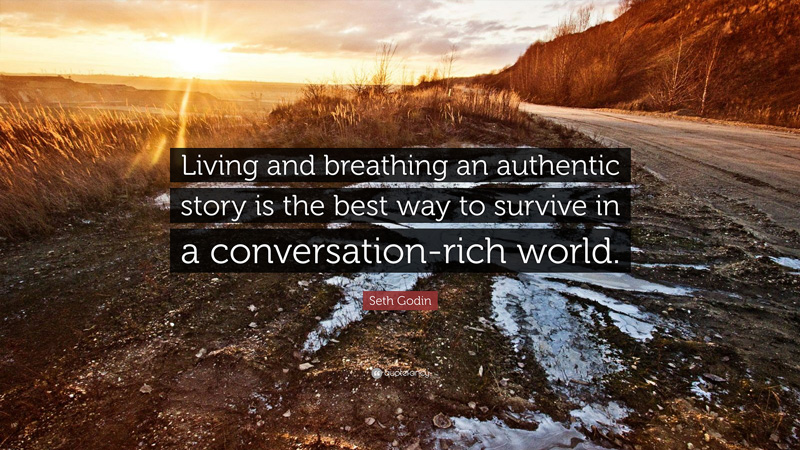
Purposeful Conclusion
It’s a huge accomplishment to find and articulate your brand purpose. If you’re there, congratulations are due. Throw a company wide event and celebrate your success! It will help build your culture.
The next phase of this process is to define (or refine) your brand’s core values. Values dictate behaviours (whether stated or unstated and modelled by your leaders). Behaviour creates the culture of your brand, and the experience for your customers.
Remember: Your culture is your brand! And it’s yours to shape.
A clear set of well defined values will shape the day to day decisions and make every decision a winner. We will cover values in a future article. Stay tuned.
Hungry for more?
We’re currently working on a DIY digital program that includes Crafting Your Purpose. It also covers core values, buyer personas, brand story craft, and how to use it.
In this on demand program we go much deeper, and provide you with worksheets and video walkthroughs. Send us a message to be notified when it’s ready (and get a special early adopter price).
Have you found any steps we’ve missed? Let everyone know in the comments below



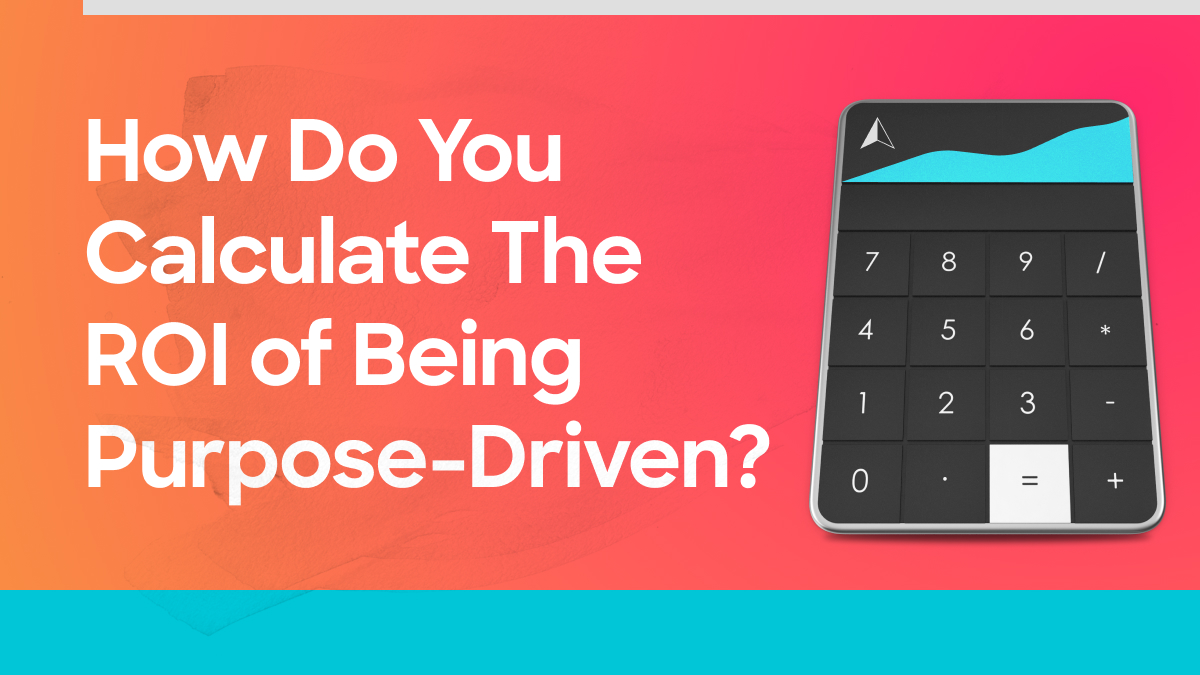
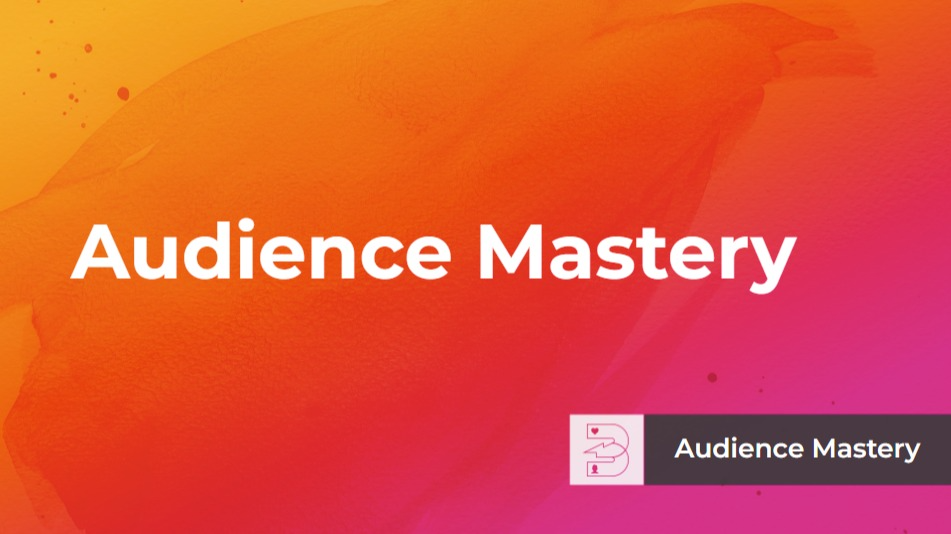
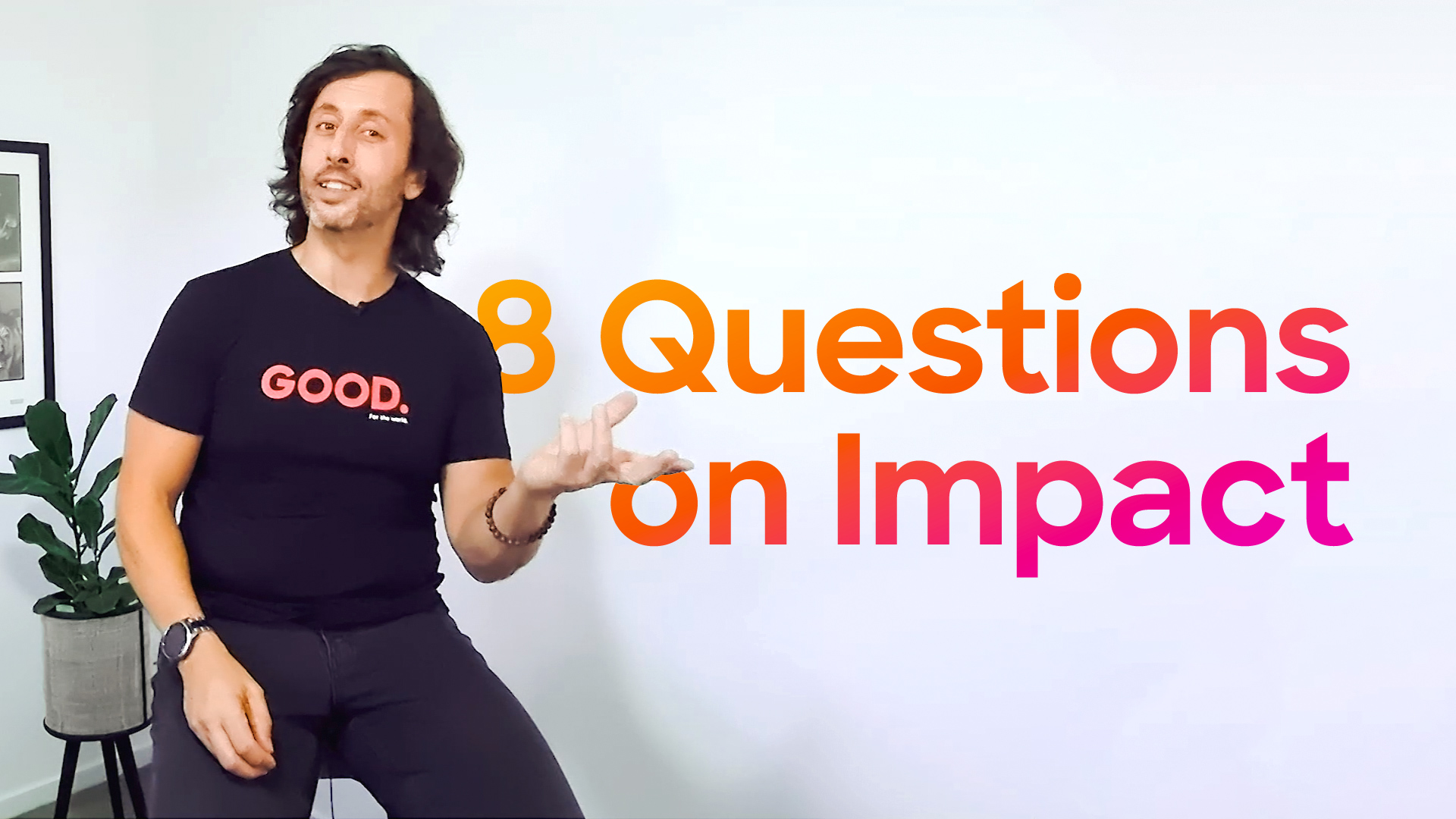


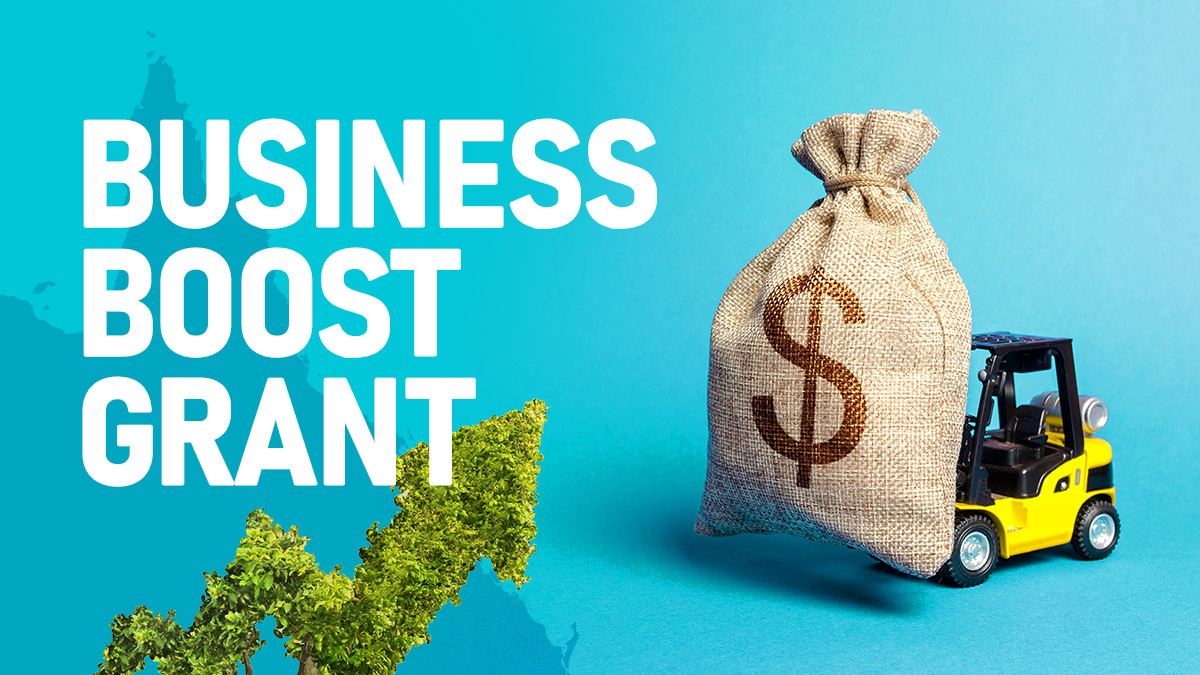






 Being a B Corp now guides decisions about our projects, and who we choose to do business with. We soak it all in, and squeeze out the goodness.
Being a B Corp now guides decisions about our projects, and who we choose to do business with. We soak it all in, and squeeze out the goodness.
[…] to the concept of purpose? Check out my recent article for a purpose primer in why it is so crucial for your brand […]
[…] engaged employees within your organization? Our solution is: by having a positive Brand Purpose! (see our 5 Steps to create your brand purpose here) This means having a business mission that is positive for society, communities, environments, […]